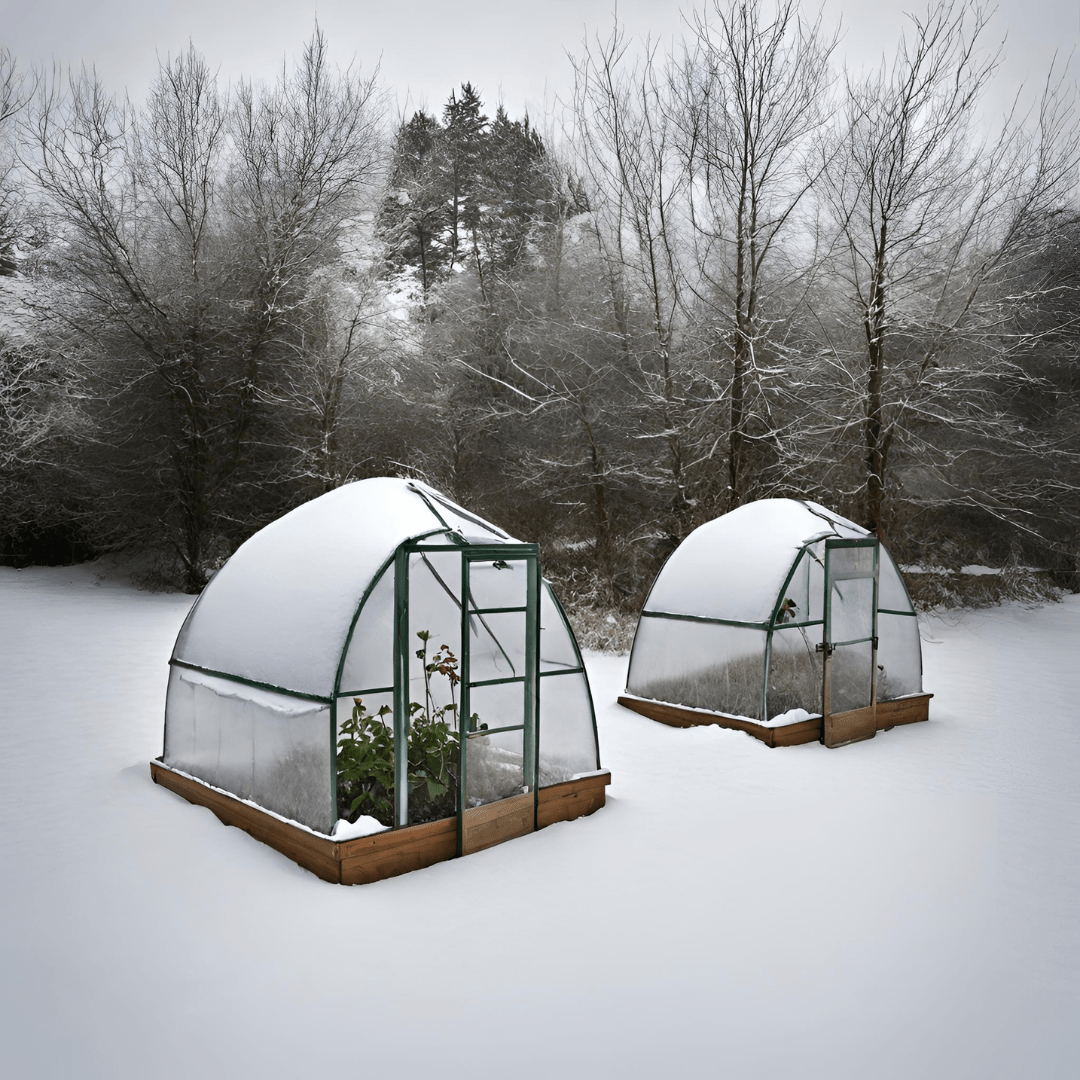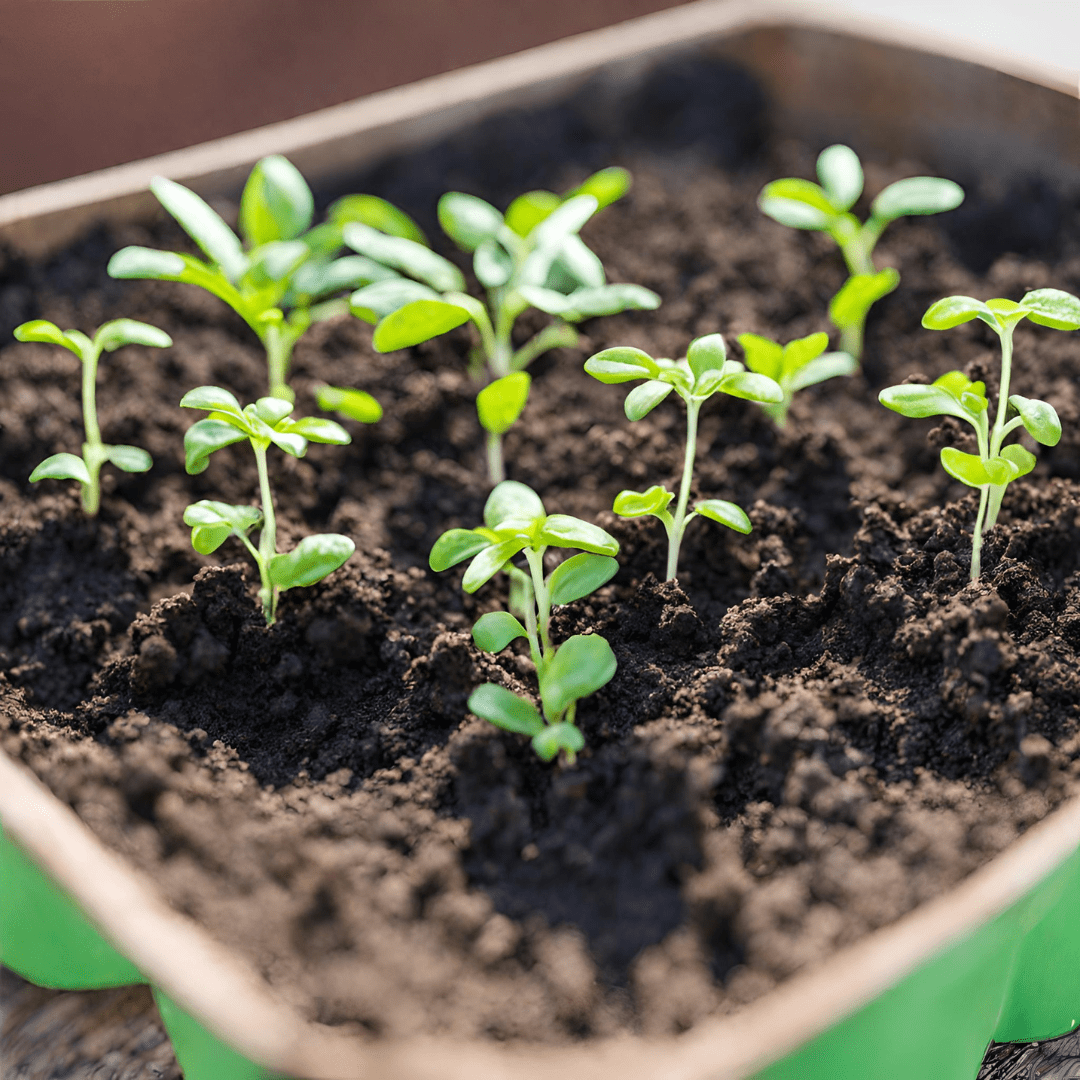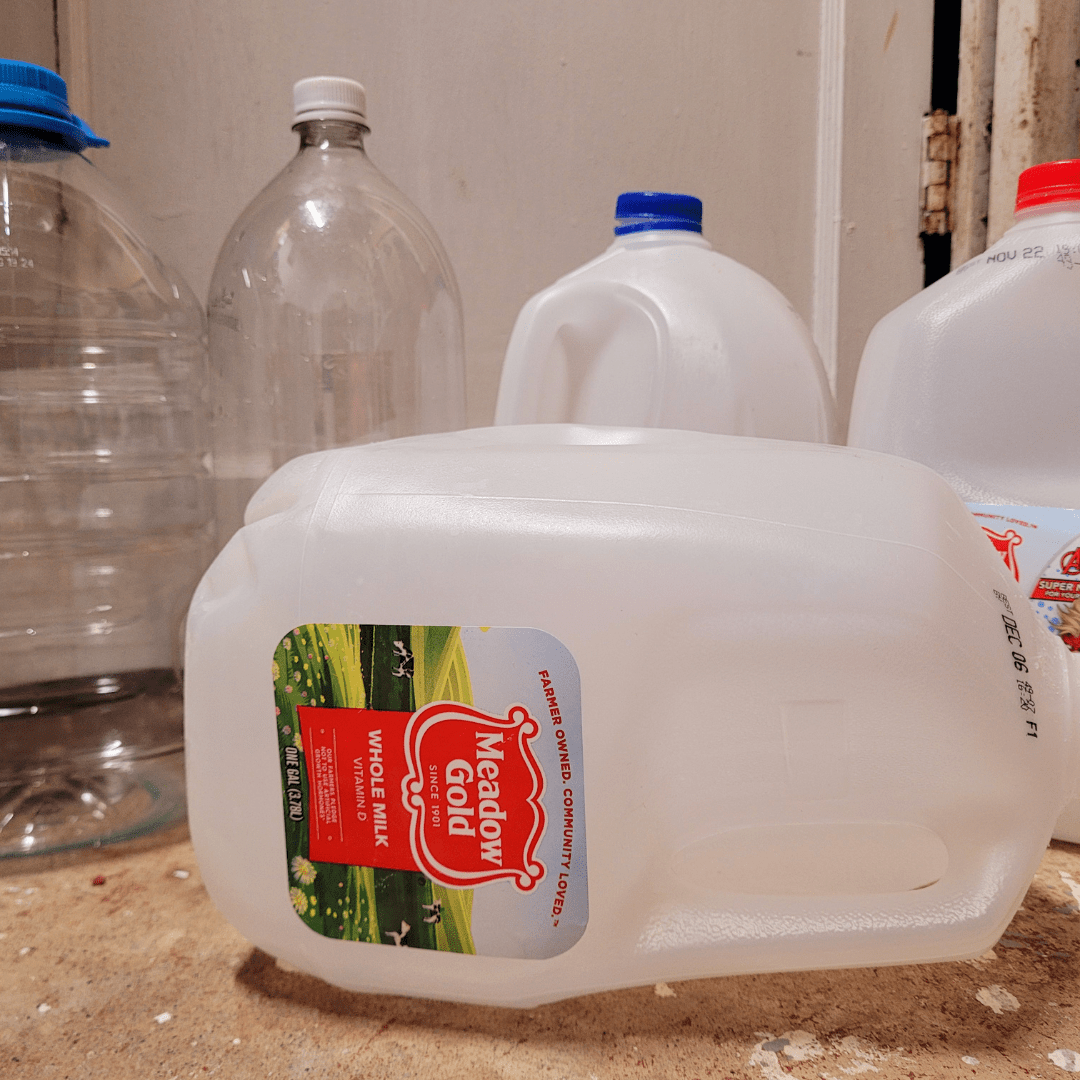Cold moist stratify seeds.
What Is Included in This Post:
- Introduction to Cold Moist Stratification
- Understanding the Benefits of Cold Moist Stratification for Seed Germination
- Selecting the Right Seeds for Cold Moist Stratification
- Preparing Seeds for Cold Moist Stratification
- Creating the Ideal Cold Moist Stratification Conditions
- Monitoring and Maintaining Seeds During the Cold Moist Stratification Period
- Transitioning Seeds from Cold Moist Stratification to Germination Phase
- Troubleshooting Common Challenges In Cold Moist Stratification
- Conclusion
- Frequently Asked Questions
Cold moist stratification is a method commonly used by gardeners and horticulturists to enhance the germination of certain seeds. It involves subjecting seeds to a period of chilling and moist conditions, mimicking the natural winter environment that breaks seed dormancy and promotes successful germination. By providing the optimal conditions for seeds to undergo this process, cold moist stratification can significantly increase germination rates and improve overall seedling vigor. Understanding the benefits, selecting the right seeds, and properly preparing and maintaining them during this period are crucial steps for successful cold moist stratification. In this article, I will delve into the details of this technique and provide a comprehensive guide to help you achieve optimal germination through cold moist stratification.
This is a pinnable post. Tap or hover over any image in this post to pin to your Pinterest Boards.

Introduction to Cold Moist Stratification
What Is Cold Moist Stratification?
If you’re a gardening enthusiast, you may have come across the term “cold moist stratification” when researching how to successfully germinate certain seeds. But what exactly does it mean? In simple terms, cold moist stratification refers to the process of exposing seeds to a period of cold and damp conditions to simulate the natural conditions they would experience outdoors during winter.
Why Is Cold Moist Stratification Important for Seed Germination?
Now, you might be wondering why we need to subject our poor seeds to this chilly treatment. Well, it turns out that many plant species have a built-in mechanism that prevents their seeds from germinating right away. This survival strategy, known as seed dormancy, helps them stay patient until the conditions are just right for growth. Cold moist stratification helps to break this dormancy and jumpstart the germination process, giving your seeds a head start toward becoming thriving plants.
Understanding the Benefits of Cold Moist Stratification for Seed Germination
Promoting Higher Germination Rates
By subjecting your seeds to cold moist stratification, you’re essentially providing them with the perfect environment to kickstart their germination. This process significantly increases the chances of successful germination, resulting in a higher number of seedlings sprouting and eventually flourishing.
Breaking Seed Dormancy: Cold Moist Stratify Seeds
As mentioned earlier, cold moist stratification helps break the dormancy period that some seeds undergo. This can be especially beneficial for seeds of native plants or those that are adapted to colder climates. By simulating winter conditions, you’re essentially giving your seeds the green light to start growing once the warmer weather arrives.
Enhancing Seedling Vigor: Cold Moist Stratify Seeds
Cold moist stratification not only boosts germination rates, but also contributes to the overall health and vigor of the resulting seedlings. By providing seeds with optimal conditions for germination, you’re setting the stage for strong, resilient plants to grow and thrive.
Selecting the Right Seeds for Cold Moist Stratification
Seeds That Benefit from Cold Moist Stratification
While not all seeds require cold moist stratification, there are certain species that greatly benefit from this process. Some popular examples include a variety of trees and shrubs, such as oaks, maples, and dogwoods, as well as many perennial flowers like lupines and columbines. It’s always wise to do a little research on the specific seed you’re planning to germinate to determine if cold moist stratification would help their chances of success.
Factors to Consider when Choosing Seeds for Cold Moist Stratification
When selecting seeds for cold moist stratification, keep in mind factors such as their natural habitat and climate preferences. Seeds from plants that naturally grow in colder regions or have adapted to cold winters are more likely to benefit from this treatment. Additionally, consider the time frame you have available, as cold moist stratification can take anywhere from a few weeks to several months, depending on the species.
Preparing Seeds for Cold Moist Stratification
Seed Collection and Preparation
The first step in preparing your seeds for cold moist stratification is to ensure you have collected them properly. Harvest mature seeds from healthy plants and allow them to dry completely before storage. Make sure to label and organize your seeds, so you don’t end up planting surprises in the garden later on.
Cleaning and Sorting Seeds: Cold Moist Stratify Seeds
Before subjecting your seeds to cold moist conditions, it’s a good idea to clean and sort them. Remove any debris, damaged seeds, or plant material that might inhibit their germination. This step may seem tedious, but trust me, your future seedlings will thank you.
Scarification Techniques, if Necessary: Cold Moist Stratify Seeds
Scarification involves creating small scratches or nicks on the seed coat to help water penetrate and initiate germination. While not all seeds require scarification, some may benefit from this additional step to improve their chances of successful germination. This can be done by gently rubbing the seeds with sandpaper or using a sharp knife to create small scratches.
Now that you’re armed with the knowledge of cold moist stratification, get ready to give your seeds the winter treatment they deserve. With a little patience and the right conditions, you’ll be rewarded with a garden full of thriving plants that will make you the envy of all your gardening pals.
Creating the Ideal Cold Moist Stratification Conditions
Selecting the Appropriate Stratification Medium
When it comes to cold moist stratification, choosing the right medium is crucial. You want something that can hold moisture well without becoming waterlogged. Popular options include sterile peat moss, vermiculite, or a mixture of sphagnum moss and perlite. Avoid using soil as it can introduce unwanted pathogens to the seeds.
Moisture Requirements for Successful Stratification
During cold moist stratification, maintaining proper moisture levels is essential. You want the medium to be consistently damp, but not dripping wet. Think of it as a slightly damp sponge. If it feels too dry, add a small amount of water, being careful not to oversaturate the medium.
Temperature Considerations
The word “cold” in cold moist stratification shouldn’t be taken lightly. Ideally, you want to expose your seeds to a consistent temperature range of 32 to 41 degrees Fahrenheit (0 to 5 degrees Celsius). This can be achieved by placing the seeds in a refrigerator to simulate outdoor conditions during winter or placing them outdoors in the ideal cold temperatures.
Monitoring and Maintaining Seeds During the Cold Moist Stratification Period
Regularly Checking Moisture Levels
As we all know, moisture is the key to life. During cold moist stratification, it’s important to check the moisture levels of your seeds regularly. If the medium feels too dry, spritz it with a small amount of water. However, be cautious not to drown the seeds, as excessive moisture can lead to rot.
Addressing Mold or Fungal Growth
Sometimes, unwanted visitors like mold or fungus may try to crash the seed stratification party. If you notice any signs of growth, don’t panic! Simply remove the affected seeds and replace the contaminated medium. Good ventilation and maintaining proper moisture levels can help prevent these uninvited guests.
Ensuring Proper Ventilation
Seeds need to breathe too! Make sure to provide adequate ventilation during the cold moist stratification period. You can achieve this by loosely covering the container with a breathable material like a paper towel or a mesh fabric. This allows air circulation while still retaining the necessary moisture.
Transitioning Seeds from Cold Moist Stratification to Germination Phase
Gradual Acclimatization to Warmer Conditions
After the cold moist stratification period, it’s time for your seeds to wake up from their chilly slumber. To help them adjust to warmer conditions, allow them to gradually acclimatize by moving them to a slightly warmer area for a few days. This will prevent shock and increase their chances of successful germination.
Introducing Seeds to Germination Media
Once your seeds have acclimated, it’s time to introduce them to their germination media. This can be a seed-starting mix, a well-draining soil, or even a hydroponic setup. Gently transplant the seeds, making sure to bury them at the appropriate depth recommended for each specific plant variety.
Providing Adequate Light and Warmth
Just like humans, seeds need the right combination of light and warmth to thrive. Place your newly transplanted seeds in a location with sufficient light such as a sunny patio.
Troubleshooting Common Challenges In Cold Moist Stratification
Dealing with Low Germination Rates
If you find yourself faced with low germination rates, don’t lose hope! Some seeds have naturally low germination rates, while others may require additional stratification periods. Experiment with adjusting the duration or temperature of the stratification process to find what works best for each type of seed.
Addressing Seed Rot or Disease Issues
Seed rot or disease can be a frustrating setback in the germination process. To prevent such issues, ensure that the seeds are properly cleaned and stored before stratification. If you notice any signs of rot or disease, promptly remove and dispose of the affected seeds and clean the surrounding area to prevent further spread.
Overcoming Stratification Timing Issues
Timing is crucial in cold moist stratification. Different plant species have varying stratification requirements, so it’s important to be aware of the recommended stratification period for each type of seed. If you miss the ideal timing, don’t worry! Some seeds can tolerate shorter or longer stratification periods, so you can still give them a shot. Adjust the timing accordingly and observe how they respond.
Conclusion
Remember, successful cold moist stratification requires a bit of patience and experimentation. Don’t be afraid to try different approaches and learn from each experience. With time and practice, you’ll become a master at coaxing those seeds to wake up from their cozy slumber and sprout into beautiful plants.
By implementing cold moist stratification, you can unlock the full potential of certain seeds and increase your chances of successful germination. With careful selection of seeds, proper preparation, and close monitoring during the stratification period, you can enhance germination rates and promote healthy seedling growth. Remember to transition the seeds gradually into the germination phase and troubleshoot any challenges that may arise. With the knowledge and techniques shared in this article, you are well-equipped to embark on your journey of successfully cold moist stratifying seeds and enjoying the rewards of a flourishing garden.

Frequently Asked Questions
1. Which types of seeds benefit from cold moist stratification?
Certain types of seeds benefit greatly from cold moist stratification, particularly those that have hard seed coats or require specific environmental cues to break dormancy. Examples include many native wildflowers, tree seeds, and some perennial vegetables.
2. How long does cold moist stratification typically last?
The length of cold moist stratification can vary depending on the seed species. It can range from a few weeks to several months. It is important to research the specific requirements for the seeds you are working with to determine the optimal duration of stratification.
3. Can I cold moist stratify seeds without refrigeration?
While refrigeration is the most common and reliable method for cold moist stratification, some gardeners have had success using outdoor methods. This involves placing seeds in a protected outdoor location, such as a cold frame or unheated garage, where they can experience natural winter conditions.
4. Can I use the same stratification medium for all types of seeds?
The stratification medium can vary depending on the seeds. Some seeds may benefit from being stratified in sand, vermiculite, or peat moss, while others may require a specific mix or medium. It is important to research the specific requirements of the seeds you are working with to ensure the best results.
Summary
I hope I have inspired you to try your skills at winter sowing with these tips and products.
If you were encouraged by this post, I invite you to check out my FREE Printables Page for fun free printables, planners, and charts.
ENTER MY FREE Printables Page HERE
Here are some more of my winter gardening inspiration posts to check out!
How to Build Mini Greenhouses for Winter Sowing
How to Repurpose Everyday Items into Winter Sowing Containers
Root Vegetables That Thrive in Winter Sowing: Ultimate List
How to Grow Cold Hardy Greens for Winter Sowing
Top Winter-Sowing Vegetables for a Head Start in the Garden
Getting Started with Winter Sowing: The Ultimate Guide
The Benefits of Successful Winter Sowing for Vegetables in Containers
The Ultimate Guide to Choosing the Best Soil for Winter Sowing
Planning Your Garden: How to Plan a Vegetable Garden: Expert Green Thumb Tips!
Winterizing the Garden: How to Winterize Your Vegetable Garden: Step-by-Step Checklist
Mulching the Garden: How to Make Leaf Litter Mulch
How to Grow a Fall Garden: 9 Best Fall Crops
Blessings,
The Off Grid Barefoot Girl





